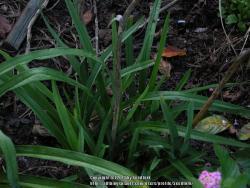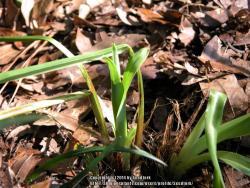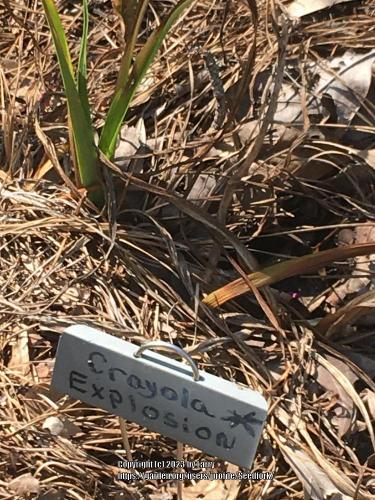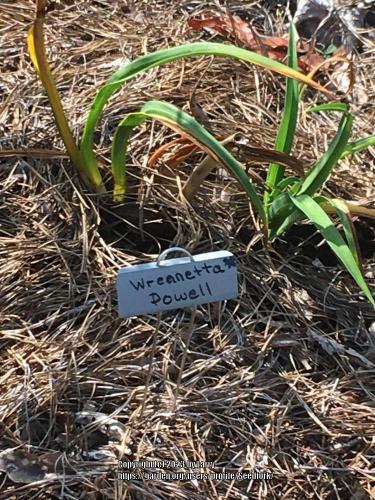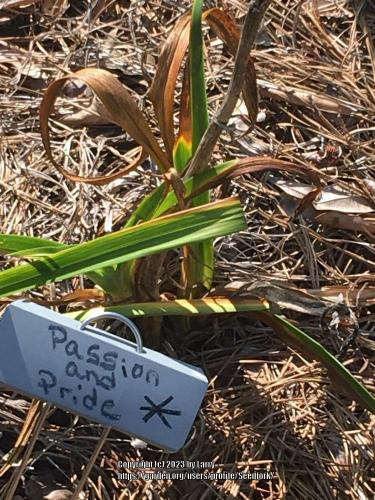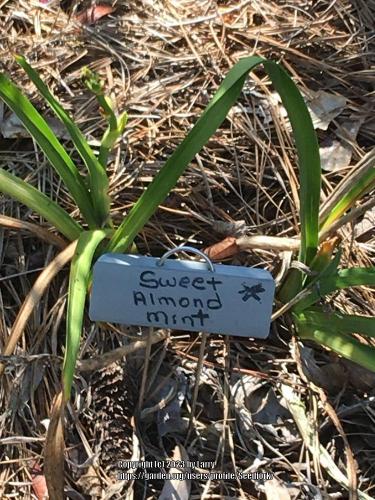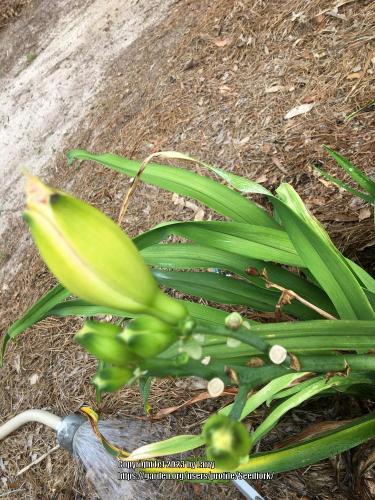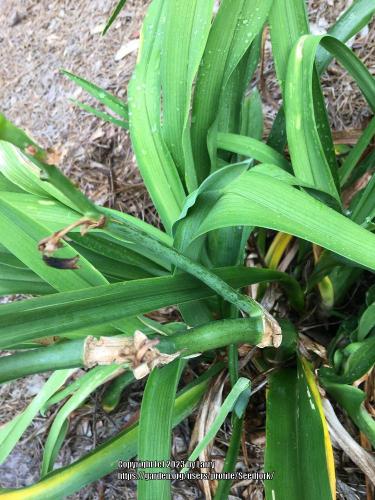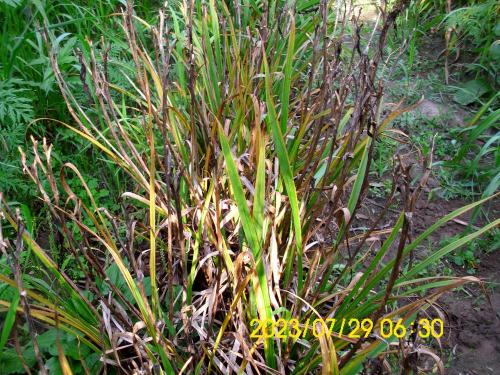I have been worried about so many of my plants showing to be "hard dormants"(hard hit by summer dormancy). When I first got into daylilies I thought dormancy was just a northern garden thing. I had never heard anyone even mention that we have summer dormancy. I think of it as a southern problem, but I see a lot of people posting about it are pretty far up north. Many seem to associate it with dry hot weather, but this seems to be the hardest my garden has been hit with summer dormancy and this is one of the wettest months of July we have had in a long time.
I just stated that this July seems that summer dormancy is the worst it has been, but that is just based on my poor memory. I was so concerned about the problem I went down to the garden just to really take a long hard look at how severe the problem was. I realized just how closely it resembled rot starting, nothing sets me in a panic mode more that the thought of rot. It also very closely resembles plants being sprayed with a weed killer, had I again mixed the wrong chemicals, had I let the wind blow the spray onto the daylilies?
But when I came back into the house I was feeling a bit more reassured
because the summer dormancy did not seem to be as bad as I had built it up in my mind. So, that got me started thinking about "Is this really the worst summer dormancy has ever been in my garden?" I started searching for posts I had made over the past few years and it seems each year summer dormancy seems worst that the last. That in itself made me feel somewhat relieved.
It made me realize that my memory is not a very reliable source of information. I resolved to try and give myself something to base the severity of summer dormancy on next year.. take photos of the worst affected plants this year.
I posted a few in the post just above this (seems I am the only one having this problem). But, here are some more of the worst summer dormancy affected plants in my garden for future reference. I did realize while doing this that just because a plant has summer dormancy one year does not mean it will every year, surprisingly the plants that make the rot list or the summer dormancy list are not always the same year after year, but some unfortunately are. It will be interesting for me to review these photos in the fall and then the spring and see what type of recovery the plants have made.
'Happy Mothers Day':
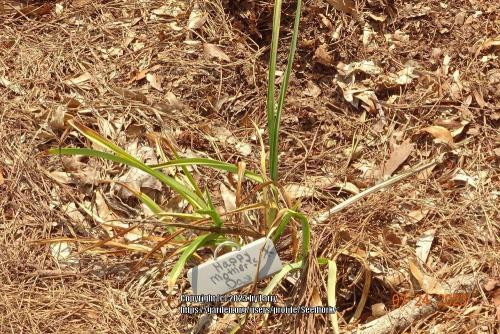
'Dueling Colors':
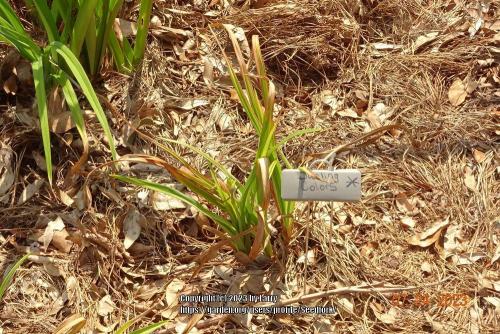
'Lickety Split':
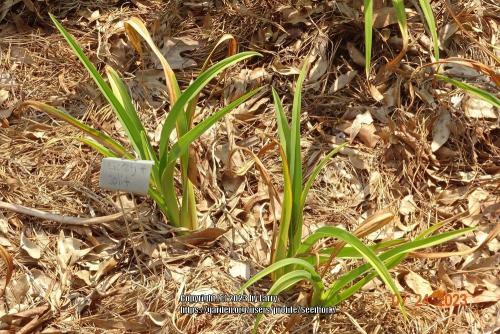
'Judy Farquhar':
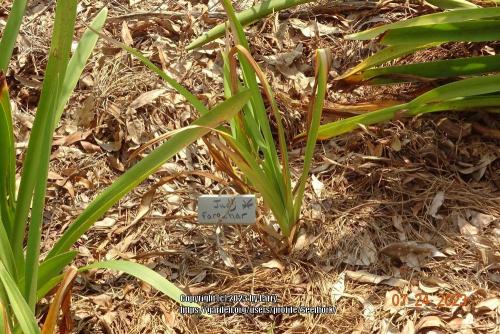
'Bone Shadows
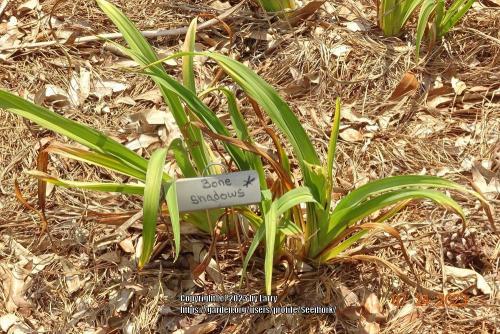
'Sunset Key':
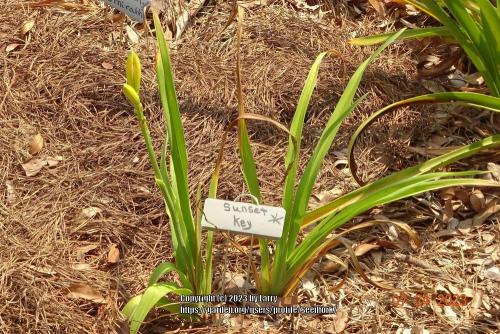
'Solomon's Riches':
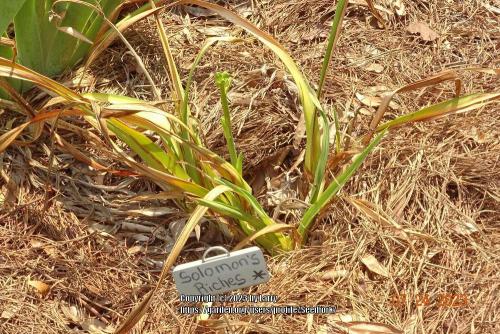
'My Friend Phil':
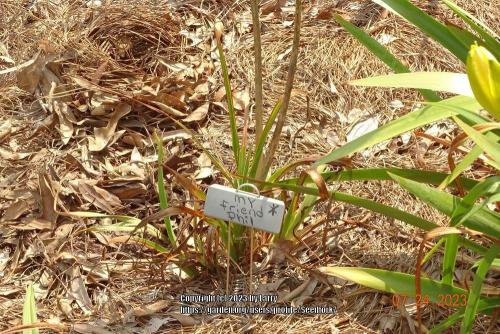
'Fire Marshall Bill':
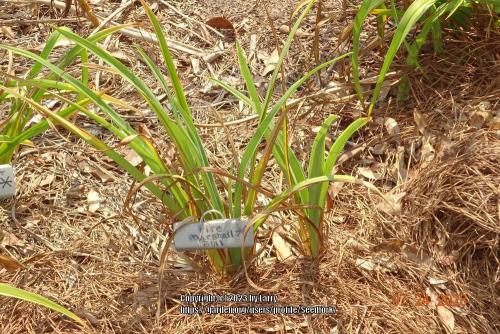
'Spacecoast Pattern Plus':
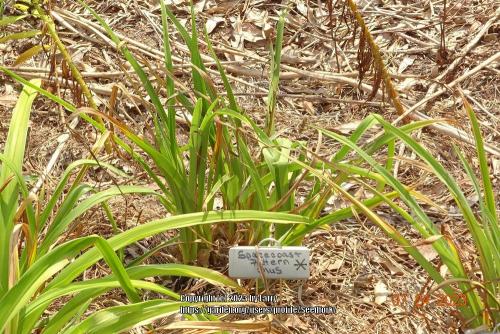
'Dixie Sweetheart':
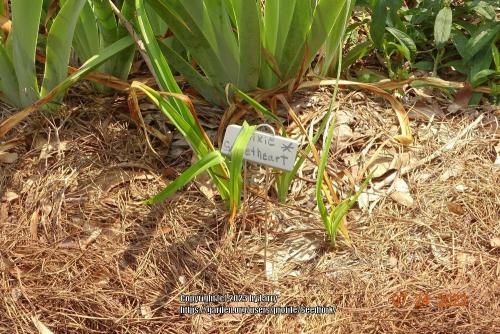
'Muddy Creek Malarky':
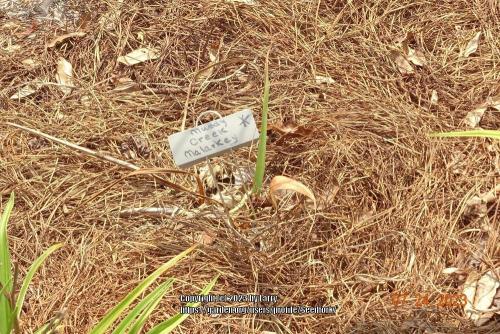
'Queen Elizabeth':

'Kabuki Drama':

'Black Plush':
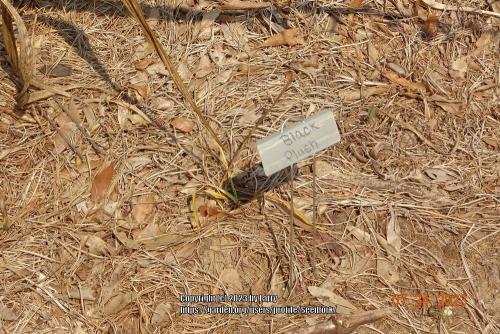
'Divine Comedy':
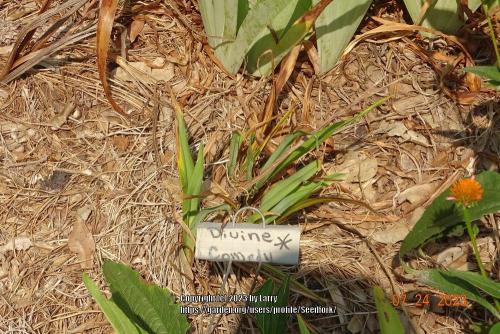
'Parisian Adventure':
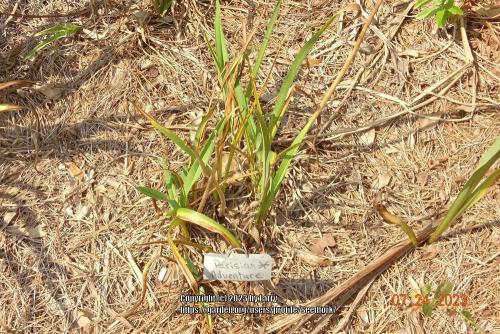
'When Stars Align':
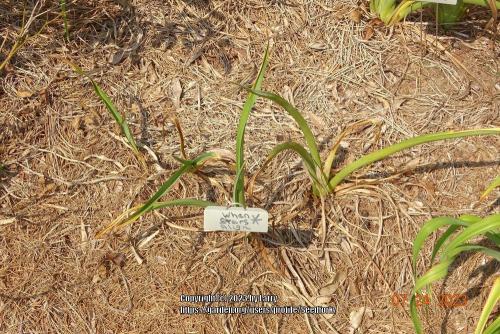
'Violet Etching':
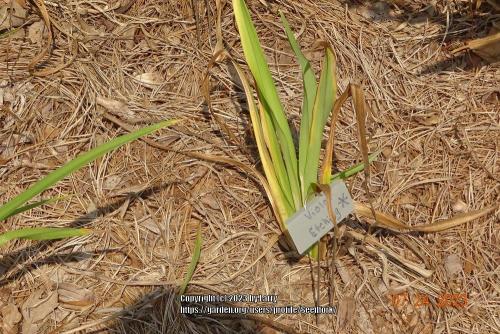
'Grace and Mercy':
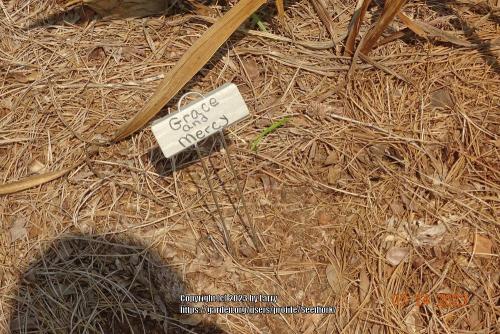
'Great White':

'Lydia's Regal Robe':
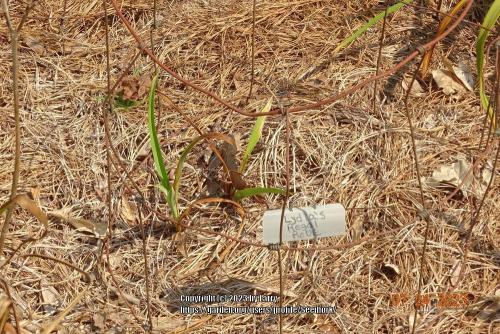
'Masked Phantom':
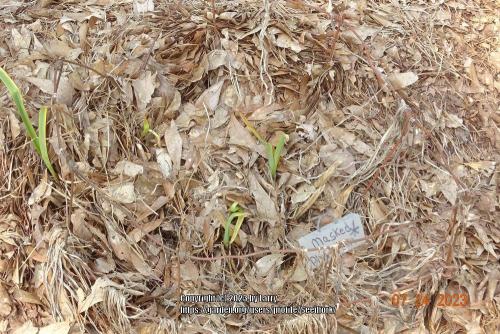
'Freaky Good':
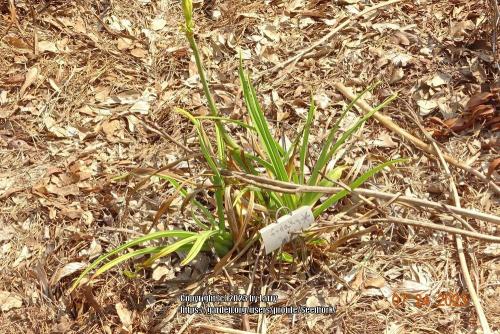
'Previledge In Purple':
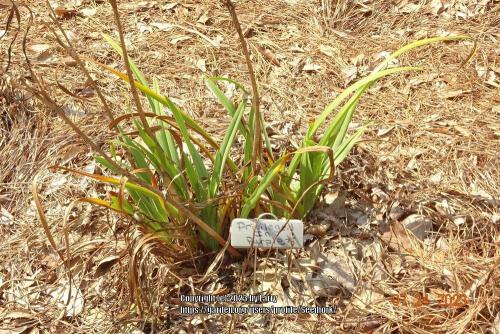
'Celtic Veins':
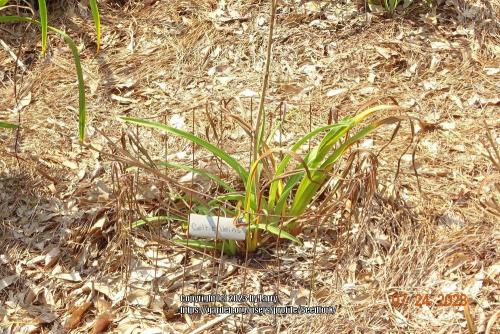
'Tennyson':

'Inner Destiny':
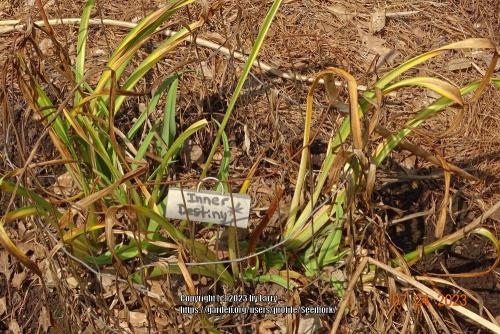
'Applique Prism':
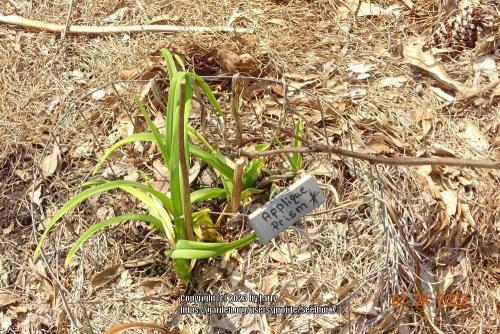
'Bragging Rights':
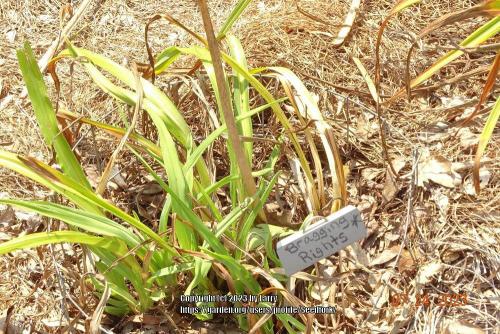
'All In Favor':
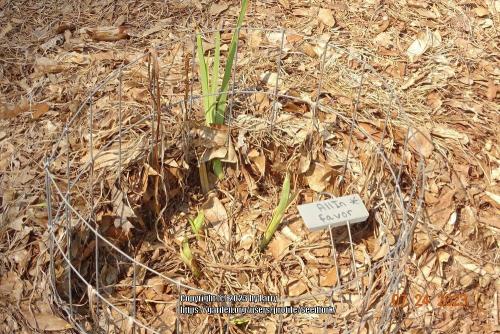
I did not go to great efforts to select the worst affected plants, nearly all registered plants in my garden are suffering to some degree from summer dormancy, but these were the ones easy to spot as I walked the garden.
